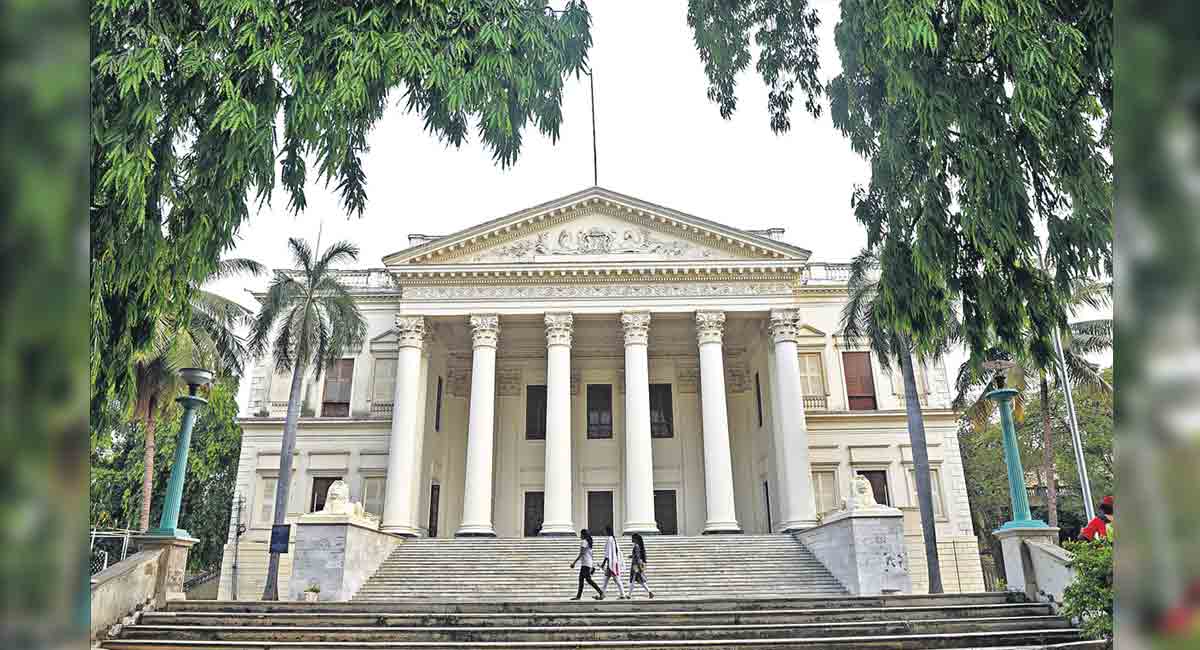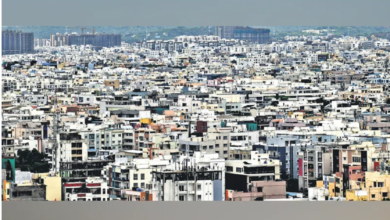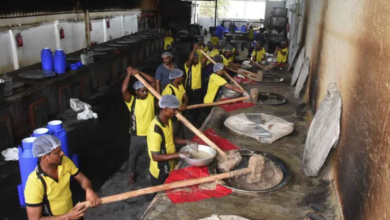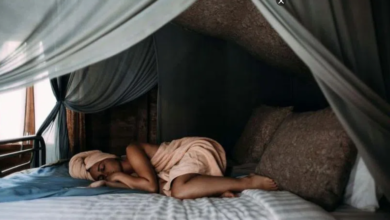Hyderabad: As British residency is open to public, let’s get a sneak peek into its history

Hyderabad: Interested in time travel? Let’s go to Koti, from where a time capsule in the form of a majestic old building is all set now to take us back about 200 years, telling us the story of the Hyderabad of yore, the British Residents here, the Nizam and much more.
We are talking about the British Residency, the erstwhile political powerhouse of the British Residents in Hyderabad, which is now abuzz with activity as the structure has been thrown open to the public.
The 200-year-old Residency, built in European style, is open for the first time to the public and is on the premises of the Osmania University College for Women, also popular as the Koti Women’s College and now all set to be known as the Telangana Women’s University.

Recently taken through a major renovation project, this iconic structure is also open for cultural events, official meetings, photo and film shoots on a rent basis. While permissions were earlier granted only for shooting outside the structure, it has now been decided to allow filmmakers inside the Darbar Hall and other oval rooms as well. A film shoot outside the structure will cost Rs.1.5 lakh per day, whereas Rs.3 lakh per day will be charged for shooting inside the building. Similarly, people have to pay Rs.100 for taking photos in the building.
Renting the Residency comes with strict riders. Any damage caused to the structure must be borne by the people concerned only.
“Already several producers have evinced their interest to shoot movies in the British Residency. Shooting will be permitted on a holiday or in a way that it does not affect the academics of students. The revenue generated will be used for maintaining the building,” OUCW Principal Prof. M Vijjulatha told Telangana Today.

Before the construction of the Residency, the British Resident stayed in a large house on the same site. A double-storeyed building was built during the tenure of the fifth resident Colonel William Kirkpatrick. The present building was constructed under the direction of James Achilles Kirkpatrick in 1803 and was designed by Lt. Samuel Russell of Madras Engineers with the Nizam bearing the cost. The entire construction was done by Indian craftsmen with local construction material including lime and mud plaster being used.
Apart from the Darbar Hall, the British Residency has seven rooms on the ground floor and nine on the first floor. After the British left in 1947, the Residency was vacant for two years. It was later transferred to the Osmania University College for Women in March 1949. Over the years, time took a heavy toll on the structure. It was in 2002 that the building finally got some attention when the World Monuments Watch declared it among the 100 most endangered sites in the world. It got a new lease of life after the restoration project that took 10 years and Rs.17 crore.
One of the most important aspects of the restoration works was that the papier-mache ceilings with their multi-coloured flower and vegetable patterns and gilded beadings in Darbar Hall, which were damaged over the years, were successfully restored to their original form. The chandeliers in the 60-feet high Darbar Hall and fans are still in working condition. The woodwork in the building is made of Burma teak wood. “All four gates are also being renovated,” the Principal said.
Information and Interpretation Centre set up
As part of restoration works of the British Residency, an Information and Interpretation Centre has been set up on the first floor of the building. The Centre gives a peek into history of the British Residency, residents, construction of the building, restoration works and history of the college through pictorial images and a write-up. This apart, visitors can also watch a 15-minute movie on how the Residency was established in Hyderabad and various residents in the audio-visual room.
Entry to this Centre isn’t free. A fee of Rs.200 will be charged for foreigners, Rs.100 for locals and Rs 50 for students.







